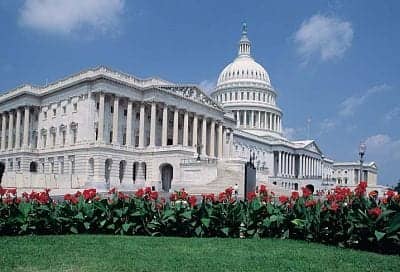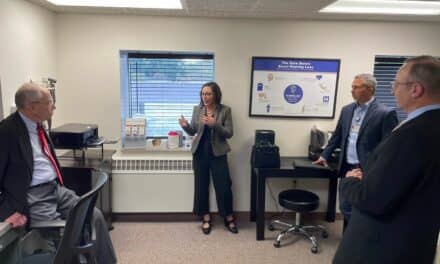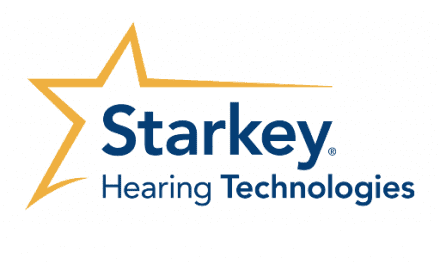Editor’s Note: Since this story ran in June 2019, I published a blog in November 2019 about how the proposed rules would likely be delayed until at least the first quarter of 2020.
It appears that the US Food and Drug Administration’s (FDA) first public step in the rule-making process for establishing over-the-counter (OTC) hearing aid regulations will take place in November of this year, according to a recent document published online by the agency.
A Notice of Proposed Rulemaking (NPRM) for a “category of hearing aids to promote the availability of additional kinds of devices that address age-related hearing loss” is cited as having an action date of 11/00/19 in the document. The OTC Hearing Aid Act of 2017 that was passed by Congress and signed by President Trump on August 18, 2017 requires the FDA to create and regulate a category of OTC hearing aids for adults with “perceived” mild-to-moderate hearing loss and to ensure the devices meet the same high standards for safety, consumer labeling, and manufacturing protection that all other medical devices must meet.
The legislation requires the FDA to establish an OTC hearing aid category within 3 years of passage of the legislation, and finalize a rule within 180 days after the close of the comment period—or an August 18, 2020 deadline for the proposed rule—although some have speculated that the NPRM would come sooner. NPRMs explain what the FDA intends to require or do, as well as its scientific and/or policy reasons for the decision. An NPRM also solicits comments from the public, and these are generally submitted via the Federal Government’s electronic docket site, available at Regulations.gov. FDA can also issue Advance Notice of Proposed Rulemaking (ANPRM), announced in The Federal Register, for formulating its rules.
So, the announced date of November for the NPRM does not necessarily mean a final OTC regulation will be established soon or even much long before the August 18, 2020 deadline; there could be lengthy public commentary and/or hearings, and it’s probable the FDA wants to give itself appropriate time for deliberation and final rule-making. At the 2017 ADA Convention, Srinivas “Nandu” Nandkumar, PhD, the branch chief of the FDA’s Division of Ophthalmic and Ear, Nose, and Throat Devices, warned about factors which work against an accelerated timeline. Traditionally, hearing devices have received a lower priority in comparison to other life-saving medical devices, and the FDA continues to have a backlog of issues requiring attention. Additionally, under a new law, the Agency now has to find two regulations to delete for every one it adds.
Since the passage of the OTC Hearing Aid legislation, the FDA and the US Federal Trade Commission (FTC) have been gathering data and listening to stakeholders—which include consumer, professional, and industry groups—in preparation for the proposed rules concerning OTC hearing devices. Presumably, FDA will also consider findings from the October 2015 President’s Council of Advisors on Science and Technology (PCAST) and June 2016 National Academies of Sciences, Engineering, and Medicine (NASEM) reports regarding the accessibility and affordability of hearing aids. The FTC also held a workshop in April 2017 titled “Now Hear This” devoted to OTC hearing aids and their regulation.
But, it now appears the “OTC regulatory debate” could potentially follow the same general timeline as the 2020 presidential race—with proposed rules by the FDA in November of this year and a period of comments and debate to follow into 2020.
Hearing Review sought comments from the FDA, but did not receive an immediate reply.
Also see…
Stakeholders Weigh in on PCAST Letter
CDC Study: 1 in 4 US Adults Who Report Good Hearing Already Have Hearing Loss
NASEM Committee Looks at Regulations for OTC Hearing Devices
National Academies of Sciences Release Report on Hearing Aid Accessibility, Affordability
FTC Workshop Looks at Hearing Aids and OTC Hearing Devices
HIA Comments on FTC “Now Hear This” Workshop and OTC Hearing Aids
OTC Hearing Aid Consensus Statement Published by AAA, ADA, IHS, and ASHA
New Self-fitting Hearing Aid Class and Special Controls Described by FDA Letter





